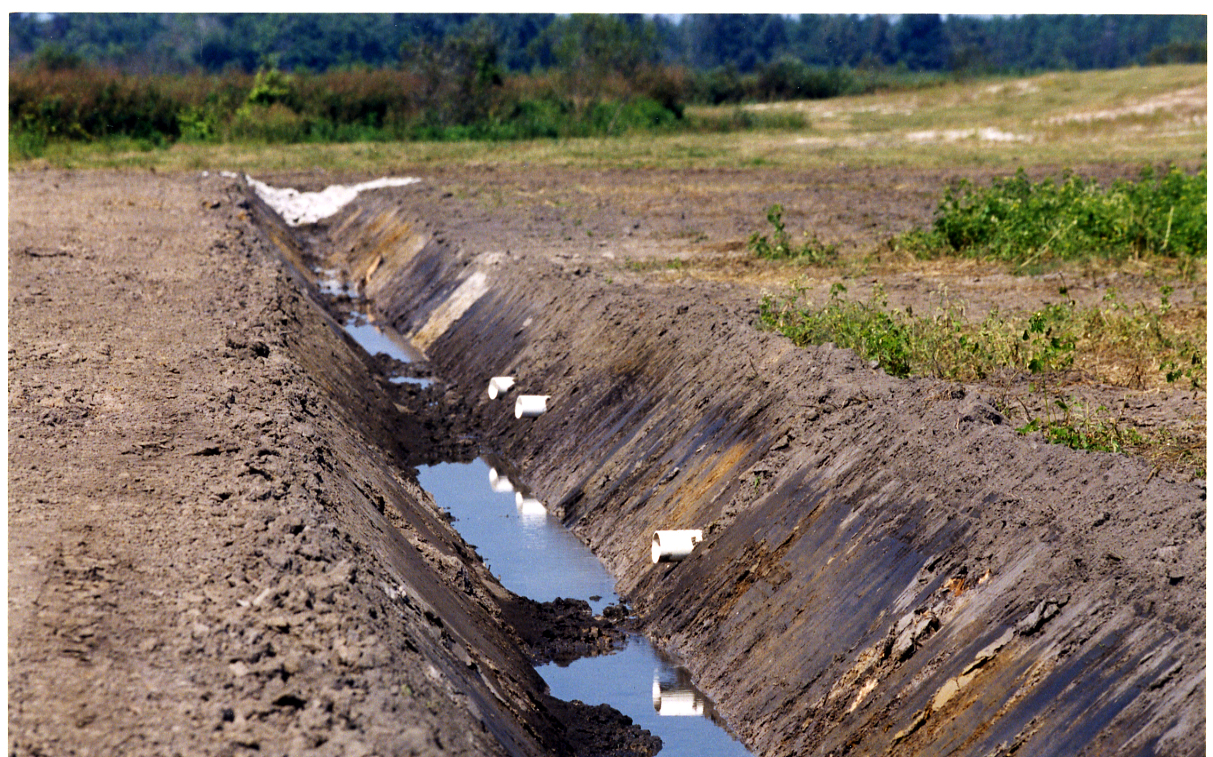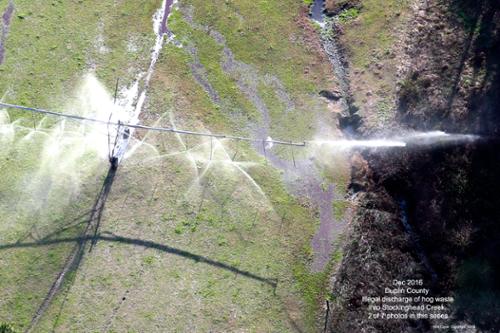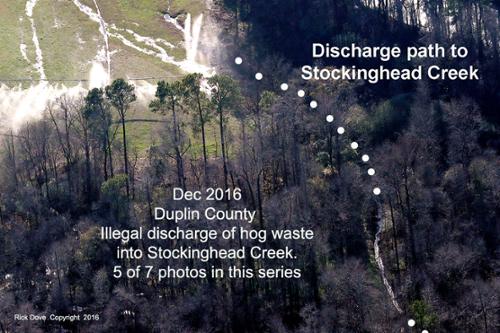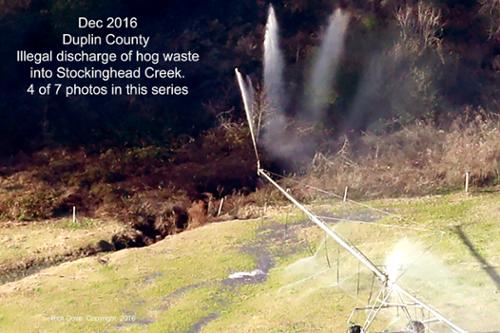About
Hello, my name is Rick Dove. This is my individual website used to expose the pollution practices of the swine and poultry industries in eastern North Carolina.
As a part of this website you will find various photos and videos attributed to the Waterkeeper Alliance. While I am affiliated with the Waterkeeper Alliance as an advisor, nothing in this site was produced by them and nothing is intended to represent the views of that organization.
For additional information regarding the Alliance, visit their website at Waterkeeper
On this, my personal website, you will find information that demonstrates the incredible amount of pollution generated by the practices of the hog and poultry industries as well as the state's failed enforcement effort regarding this industry. The consequences of this pollution are also provided. See: https://www.epw.senate.gov/public/_cache/files/a/e/ae716b80-0ffc-4893-986c-9d6e90f0be7e/01AFD79733D77F24A71FEF9DAFCCB056.richarddovetestimonywithpictures.pdf
While this industry is deemed a major source of pollution, it forms just one of many that pollute our water, air and communities in North Carolina. Other sources are well described in scientific studies. These studies should be consulted to gain a full understanding of all the factors that are impacting our environment.
The information set forth is based on nearly 30 years of close coverage of the animal industries' operations. It includes more than tens of thousands of hours of surveillance, monitoring and photography/videography of animal factories, as well as other sources of pollution, from the air, ground and water. More than 3,000 of those hours have been logged by me personally in aircraft flying over the animal factories, documenting their pollution practices and taking meaningful action to cause reform.
The Problem
In North Carolina there are now approximately 2,500 industrial swine facilities with a daily inventory of approximately 9,000,000 hogs . The poultry factories are raising nearly one billion chickens and turkeys in North Carolina each year, most of which, like hogs, takes place in North Carolina's coastal plain. This is a radical change from conditions that existed prior to the mid-1980s. At that time, there were approximately 24,000 family farmers raising a little over two million hogs and a far less number of poultry.
- HOGS: Based upon a study by Dr. Mark Sobsey, University of North Carolina, that compared the production of hog fecal waste to human fecal waste, these 9,000,000 hogs are now producing more fecal matter (poop) in Eastern North Carolina each day than is produced, on average, each day, by nearly 90,000,000 US citizens. Dr. Sobsey's short video This incredible amount of fecal matter is constantly being flushed, along with urine and wash water from the confinement buildings where these animals are kept under what are often grossly inhumane conditions. Once flushed, this fecal marinade is stored in huge earthen sewage pits, called lagoons. Through the air and ground, these lagoons constantly discharge to the surrounding environment. As the lagoons fill up, the waste is sprayed onto heavily ditched fields, many with drain pipes buried a few feet under the ground. These ditches and pipes carry runoff from the spray fields to many local waterways. It is a waste disposal system that results in serious pollution to public trust waters. It is a major polluter of the air (ammonia, hydrogen sulfide and methane gases), ground water and wetlands, streams, creeks and rivers.
POULTRY: This industry is considered even more problematic. The feces of chickens and turkeys is applied to farm fields as dry litter. It runs off as easily as liquid swine waste during rain events. This industry disposes of their fecal waste without any meaningful permits, regulations or oversight by the state. In North Carolina the annual amount of this waste is over 5 MILLION TONS. For details on the rampant growth of poultry facilities in North Carolina visit this informative link
The concentration of poultry and hogs in eastern North Carolina makes it one of the most concentrated areas for production and disposal of feces and urine in the world. This is taking place in North Carolina's environmental crown jewel, the Coastal Plain. It is an area of abundant waterways. It is also a land full of ditches, sandy soils and underground piping.
The below video and photographs represent just few examples of how hog and poultry waste discharges are documented. Please visit the gallery section of this website for a comprehensive review of the many problems related to this industry's activity.

Pictured left are drain tiles installed under a factory hog facility where hog waste is sprayed on the surface. The ditch is connected to the Trent River, a tributary of the Neuse River
To the right is a video of the heavy concentration of swine and poultry factories in Duplin County NC.
Video of lagoon storage of hog waste can be viewed here. As these cesspools fill up, their toxic contents are then sprayed onto fields.
In North Carolina, both industrial chicken and turkey operators have their poultry waste applied to fields. Their claim is that it stays on the fields to fertilize crops. Unfortunately, when it rains this waste is liquified and it runs off into ditches connected to public waters in the same manner as swine waste. As shown in this video, under windy conditions, that are especially prevalent before planting applications in late winter or spring, the toxic poultry waste easily blows into the surrounding area where people live, work and where children go to school.
Below is a gallery of pictures taken at a hog production facility in Duplin County, North Carolina, where swine feces and urine are being sprayed onto a farm field. The visual runoff is being discharged to Stockinghead Creek, a tributary of the Northeast Cape Fear River. The swine waste is being applied by a center pivot sprayer. This is a long pipe on wheels that travels above the ground. It can be made to travel in a circle, as pictured here, or at other facilities in a straight line. At times, these sprayers travel over ditches and other conveyances connected to wetlands, streams, creeks and rivers that are in their path.









